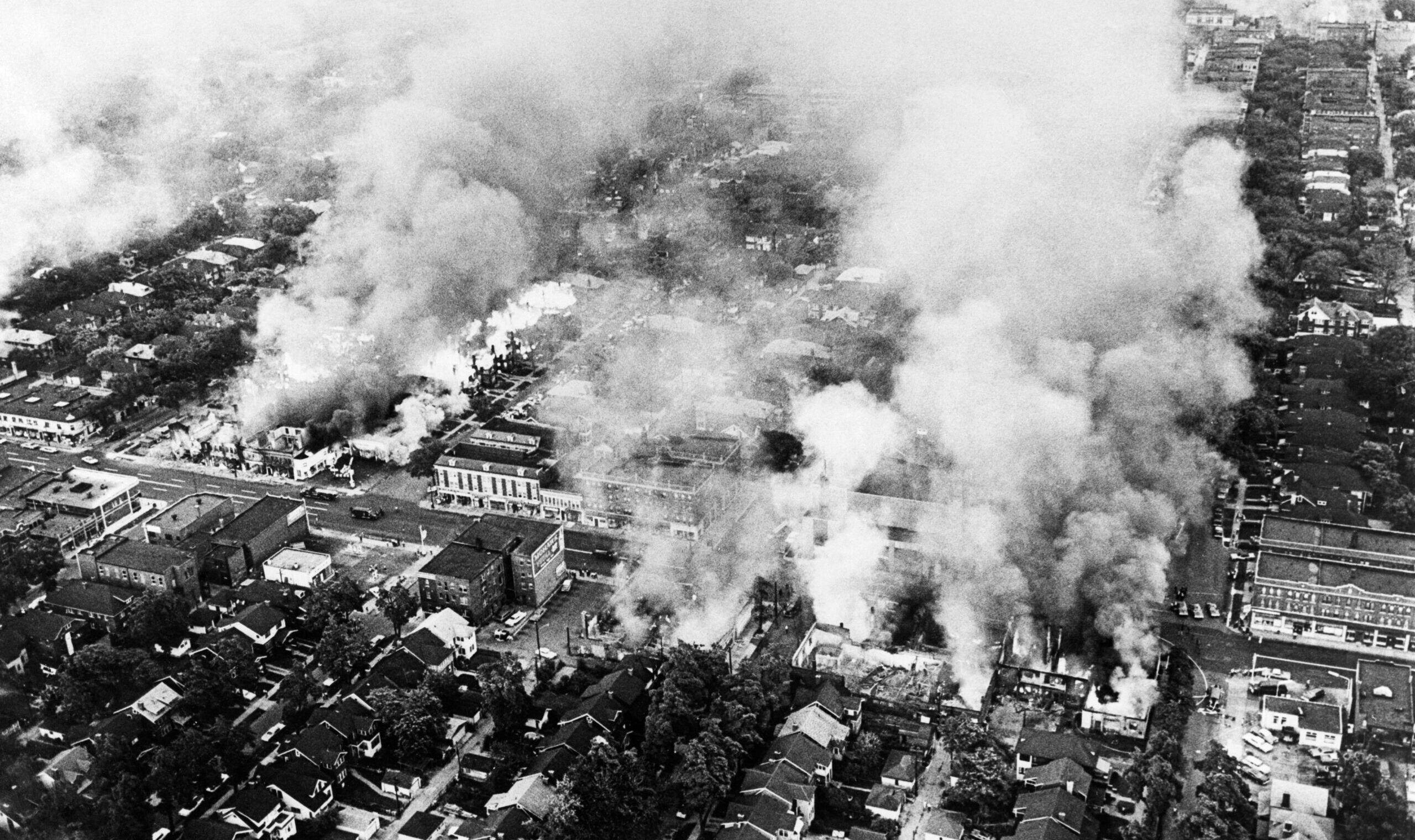How America Went Crazy on Race
A new book traces the genealogy of extremist racial ideas that have gone mainstream.

Redefining Racism: How Racism Became Power + Prejudice
By Joseph (Jake) Klein, Black Sheep Press (September 2024),
pp. 252, $14.99
America is obsessed with race. Every day, the media reports on a new front in the conflict over racial preferences and racial grievances.
The obsession seems to have abated somewhat, at least for now. With the reelection of Donald Trump and the ensuing corporate flight from DEI and other openly discriminatory practices and policies, the racialist craze may have crested, but more waves are surely on their way. And no one can forget the extent to which race dominated the news, culture, and basically all of life in 2020 and beyond.
An historical trajectory that had seemed to many like tremendous progress towards a country that judged people by the content of their character, rather than the color of their skin, somehow ended up in a place where not judging someone by their skin color is considered racist and white supremacist.
How did we get here? How did we go from optimism about race relations in the wake of Barack Obama’s election victory in 2008 to profound pessimism just over a decade later? And how did race become such a dominant factor in many areas of life?
Jake Klein’s new book, Redefining Racism, strives to solve a major portion of that puzzle by exploring how the meaning of racism changed from the everyday definition of “racial prejudice or discrimination” to instead include considerations of social and institutional power—sometimes called “structural” or “systemic” racism. Klein identifies this alternative definition as a major source of worsening racial relations. The purpose of the book, Klein writes, is to demonstrate “that the ‘Power + Prejudice’ definition of racism, and its associated ideas spread via Racism Awareness Training, are making things much worse.”
To that end, Klein revisits the foggy early beginnings of the racial grievance industry to trace, from its origins, the racialist zeitgeist that has upended society. Klein’s archival research is impressive, with meticulous footnotes serving as a testament to deep dives into dusty texts that have been long forgotten, despite their extreme relevance to today’s zeitgeist.
Klein identifies the first major use of the “power + prejudice” definition of racism in a curriculum developed by high-school teacher Pat Bidol, who included it in a list of definitions of racism with no citation or indication where this novel idea had come from. Notably, Klein’s genealogy refutes the appeal to authority made by contemporary racial-grievance mongers who insist the definition arose out of the rigorous scholarship of eminent academics.
But Bidol didn’t invent the definition de novo, as Klein shows. Rather, it was developed in large part by a black radical communist, Stokely Carmichael, a figure so extreme that even the Black Panthers kicked him out.
Truly, there is nothing new under the sun. Today’s racial-grievance industry, which has accumulated tens of millions of dollars in the wake of the mad summer of 2020, is basically operating on the same playbook developed back in the late 1960s by shameless race-baiting profiteers.
In much the same way that the riots and disorder of 2020 fueled attention and investment in people claiming to be experts in “anti-racism,” Carmichael’s fringe ideology got a boost from the 1967 Detroit race riot that featured arson, mass looting, and 43 deaths, and that was only ended after the national guard deployed tanks and machine guns to the scene.
Eager to avoid another such catastrophe, the Detroit mayor and Michigan governor organized a meeting with business and community leaders, the result of which was the formation of the New Detroit Committee. Klein traces how this committee was soon captured by violent black separatists who did not represent anything close to the mainstream of black opinion at the time, and who essentially used the committee as a way to extort “riot insurance” from local businesses. These funds were then distributed to the organizer’s cronies and their own radical organizations to promote revolutionary racial ideology.
From the start, Carmichael’s radical ideology—laundered by educators like Bidol, a variety of activist groups, the NEA teacher’s union, and even the military (the Trump administration should probably take a look at what the Pentagon’s Defense Equal Opportunity Management Institute is up to)—led to an increased focus on race. “Racism awareness training” and other similar programs began to spread throughout society.
Subscribe Today
Get daily emails in your inbox
Foreshadowing things to come, these trainings amounted to struggle sessions, with participants who failed to toe the racialist line getting browbeaten or pathologized. Klein documents many instances where participants concluded their trainings with much worse mental health and outlooks than they had before. It’s not hard to see why. Whites were told that being white is an incurable affliction, while blacks were taught that they had little to no power to improve their lives in the face of structural forces. Studies at the time noted the similarities of these practices to psychological torture used on American POWs in the Korean War.
Redefining Racism is an engaging read that succinctly, yet thoroughly, explores the roots of bad ideas that are shredding America’s social fabric and wrecking the country. By exposing the extremist origins of today’s mainstream racialist ideology, he thwarts the usual attempt to shroud these obviously bonkers ideas in academic respectability, and he helps us to build true racial progress on firmer ground.
Unfortunately, it takes much longer to build than to destroy, and one can expect much time to pass before American racial relations can be redirected to a promising trajectory that leads towards harmony and peaceful coexistence, rather than seemingly intractable conflict and strife.